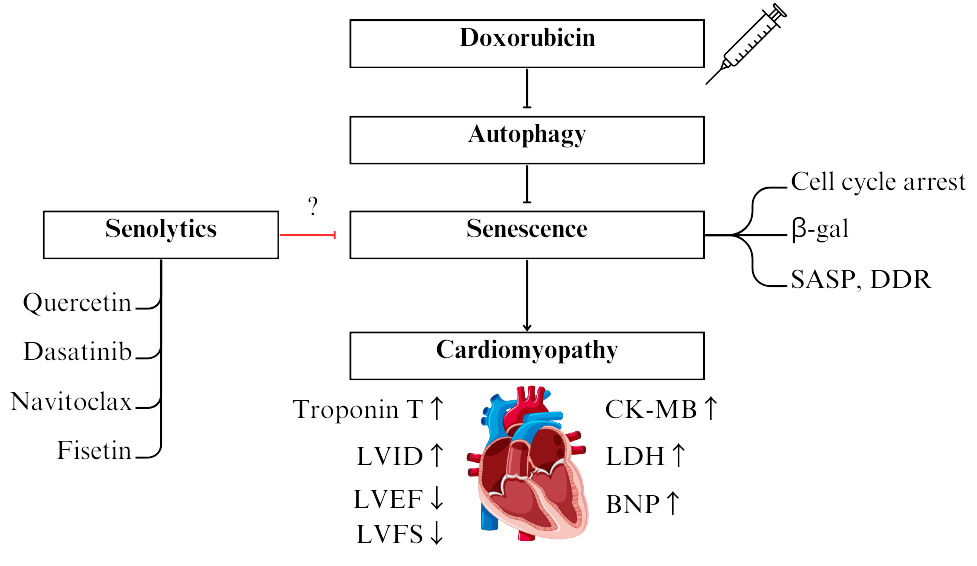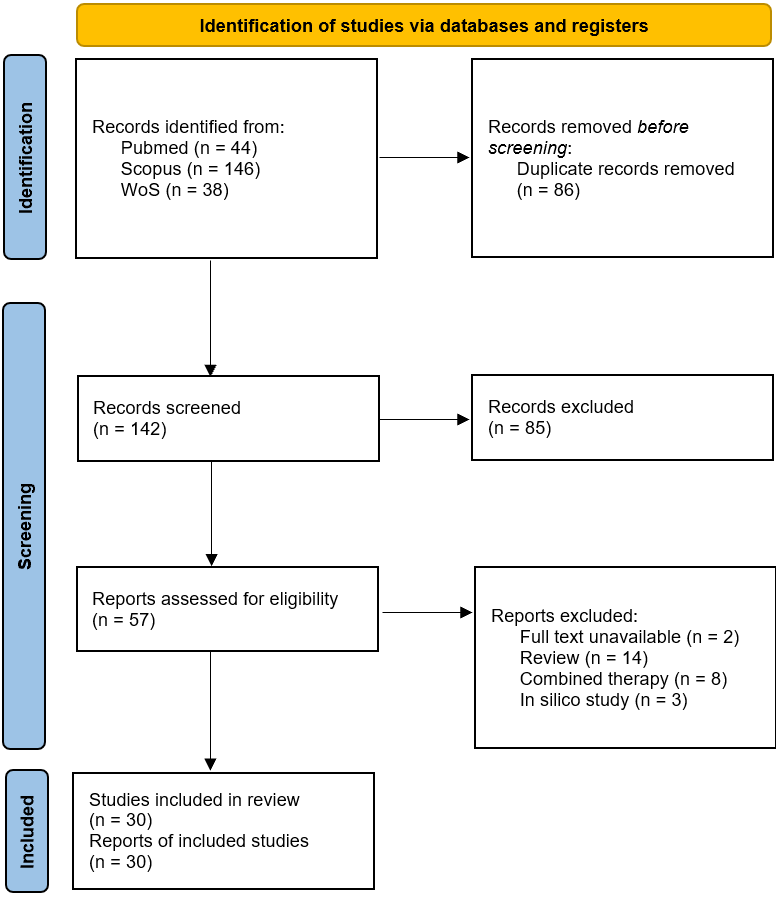Lots of interesting abstracts and cases were submitted for TCTAP 2025. Below are the accepted ones after a thorough review by our official reviewers. Don’t miss the opportunity to expand your knowledge and interact with authors as well as virtual participants by sharing your opinion in the comment section!
TCTAP A-100
Therapeutic Potential of Senolytic Agents in Mitigating Doxorubicin-Induced Cardiotoxicity: A Systematic Review
By Nurul Gusti Khatimah, Wawaimuli Arozal, Agian Jeffilano Barinda, Harri Hardi
Presenter
Nurul Gusti Khatimah
Authors
Nurul Gusti Khatimah1, Wawaimuli Arozal1, Agian Jeffilano Barinda1, Harri Hardi1
Affiliation
Universitas Indonesia, Indonesia1
View Study Report
TCTAP A-100
Pharmacotherapy (Innovation)
Therapeutic Potential of Senolytic Agents in Mitigating Doxorubicin-Induced Cardiotoxicity: A Systematic Review
Nurul Gusti Khatimah1, Wawaimuli Arozal1, Agian Jeffilano Barinda1, Harri Hardi1
Universitas Indonesia, Indonesia1
Background
Cardio-oncology focuses on the adverse cardiovascular effects induced by anti-cancer therapies, with doxorubicin being one of the most commonly implicated agents. Doxorubicin is known for its potent efficacy but also for its serious and potentially lethal adverse effect, most notably cardiotoxicity. Doxorubicin-induced cardiotoxicity is characterized by the suppression of autophagy and promotion of cellular senescence, both of which contribute to cardiac dysfunction. Emerging evidence suggests that alleviating senescence may provide a novel therapeutic approach for reducing cardiotoxicity. Senolytics, a class of drugs that selectively eliminate senescent cells, have shown potential in preclinical models of doxorubicin-induced cardiac injury. The first senolytic drugs are dasatinib, quercetin, fisetin, and navitoclax. This review aims to summarize the senolytic drugs’ effects on cardiotoxicity induced by doxorubicin.


Methods
Using databases such as PubMed, Scopus, and Web of Science, we found 228 articles. After removing duplicates and screening for abstract and full text, we identified 30 in vitro and in vivo articles that used senolytics on cardiotoxicity induced by doxorubicin. Any in silico analyses, clinical trials, combination therapies, non-English articles, or those with inaccessible full texts were excluded from this review.


Results
This review evaluates the effects of senolytic agents such as navitoclax, quercetin, and fisetin, focusing on their mechanisms of action, including anti-inflammatory and antioxidant pathways and the upregulation of SIRT1. These agents demonstrated protective effects by mitigating cardiac injury biomarkers. However, not all senolytics yield beneficial outcomes; for example, dasatinib has been reported to exacerbate cardiotoxicity by inhibiting the RAF/MEK/ERK pro-survival pathway, highlighting the need for cautious evaluation of these compounds in clinical practice.
Conclusion
Although current findings support the therapeutic potential of senolytics in mitigating doxorubicin-induced cardiotoxicity and may be useful as supplementary therapy during cancer treatment, further research is essential to explore novel senolytic agents and explore their mechanisms of action on senescence and autophagy. This will pave the way for safer and more effective cardio-oncology interventions.


